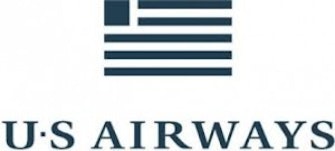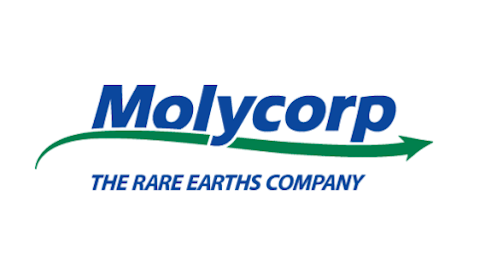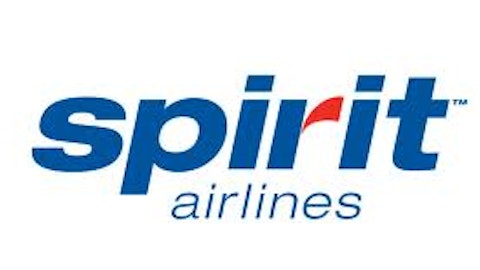
There’s certainly undeniable strength in those figures; however, it’s just not that simple. There are, in fact, two scenarios where buy-and-hold investing may not be your best recourse and could actually be downright detrimental to your portfolio.
1. Capital intensive businesses
Capital intensive businesses are ones that require a huge investment to turn what is often a marginal profit at best. Perhaps the poster child for high capital investment industries is the airline sector.
In order to be profitable and make a difference, airlines are required to purchase sizable fleets to service multiple markets. Unfortunately, airplanes aren’t cheap and this usually requires providers to go deeply into debt in order to finance these purchases. US Airways Group Inc (NYSE:LCC), for instance, declared bankruptcy twice last decade and even today still boasts net debt of nearly $2.4 billion.

Source: Jun Seita, Commons.wikimedia.org.
United Continental Holdings Inc (NYSE:UAL), made up of a merger between United and Continental, was brought about to realize cost synergies and better compete against larger national carriers. Surprisingly, though, as my Foolish colleague Adam Levine-Weinberg points out, the United Continental Holdings Inc (NYSE:UAL) merger actually resulted in extra costs last year rather than savings!
But it isn’t just airlines that long-term investors need to exercise caution with. Biotechnology companies are also capital intensive businesses as well.
It often takes anywhere between 11 and 14 years for a drug to go from a laboratory setting, through preclinical and clinical trials, to eventual approval by the Food and Drug Administration. In addition, the average cost of each approved drug, including all drug failures, according to Bernard Munos of InnoThink Center for Research in Biomedical Innovation, is approximately $4 billion. It takes a lot of money, a ton of research, and certainly a little bit of luck to get a drug approved, and even then that’s no guarantee that it’ll be a success. Factors like pricing, competition, and target audience also play into the eventual success or failure of a drug.
Dendreon Corporation (NASDAQ:DNDN)‘s castrate-resistant prostate cancer treatment Provenge is a perfect example of how pricing and competition can get in the way. Although its drug was easily approved by the FDA after delivering a four-month increase in overall survival, sales of Provenge, which runs $93,000 for the three-course treatment, have struggled because physicians are concerned about not being reimbursed for prescribing Provenge. Furthermore, competing drugs are cheaper on an annual cost basis.
Keep in mind this doesn’t mean all airlines or biotechnology companies are poor investments; it just means you have to be very picky with your research when it comes to investing in capital intensive industries.
2. Commoditized industries
There are two types of industries that are subject to commoditization and require investors to exercise more caution than usual: the technology sector and metals and mining.


